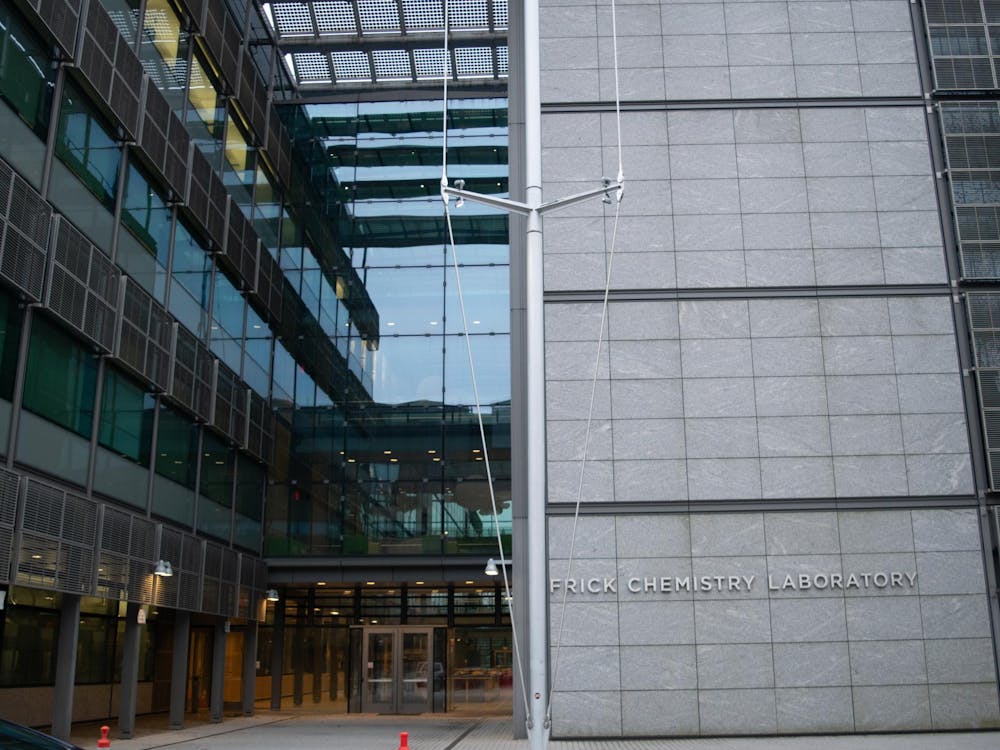In their daily travels to and from classes, practices and meetings, Princeton students cannot help but encounter a myriad of construction projects in various quarters of the Princeton campus. Though quite familiar with the ever-changing face of their campus, few students are aware of developments taking place in another area of Princeton, just a few blocks down the street from FitzRandolph Gate.
There lives the John Witherspoon neighborhood, a historic fixture in Princeton that has faced many challenges in its long and rich history. This past Saturday, an organization gathered at Witherspoon Presbyterian Church to discuss the current obstacles facing this vibrant and diverse part of the Princeton community.
The organization, Princeton Future, is a volunteer group composed of John Witherspoon residents, local officials, architects, landscape planners and University representatives. Through on-going meetings, Princeton Future hopes to examine and address the needs of the John Witherspoon neighborhood.
Princeton Future consists of both a neighborhood task force and a planning and design task force. The latter deals with the construction and improvement of neighborhood buildings. The former addresses concerns ranging from overcrowding, traffic and parking difficulties to the need for affordable housing. Though both committees work in concert to further the goals of the group, Saturday's discussion marked the first joint meeting of the task forces.
A number of John Witherspoon residents attended Saturday's meeting. Also in attendance were Jim Floyd '68, a longtime Princeton resident and Princeton's first black mayor; Yina Moore, head of the neighborhood task force; Robert Geddes, a former dean of the University's architecture school and a key member of the planning and design task force; Hank Pannell, a lifetime resident of the John Witherspoon neighborhood who also served as the meeting videographer; current Princeton Borough Mayor Marvin Reed; Sheldon Sturges, a member of the planning and design task force and Shirley Satterfield, a principal leader of Princeton Future.
Though focused on the future, Princeton Future keeps the past in mind. Floyd noted, "The past is prologue to the present." He reflected that for the residents of the John Witherspoon neighborhood, the past was often one of fear, anger and betrayal.
For three centuries, Floyd pointed out, African-Americans have been an important part of the Princeton community. Yet, he continued, the history of African Americans in Princeton includes a number of occurrences that worry those who, like Floyd, are concerned that history might be repeating itself today, specifically in the John Witherspoon neighborhood.
Prior to 1929, many of the oldest homes in Princeton, predominantly inhabited by black families, stood in the heart of town. Yet with the building of Palmer Square, these homes were demolished to make room for the new development, referred to as a plan of "urban renewal." For those whose houses were moved, however, the new square proved less an instance of "urban renewal" than one of"urban removal."

In the 1950s, housing again brought problems for many African Americans living in Princeton, as a plan was introduced to tear down homes and replace them with public housing. The plan was voted down by town residents.
Residents of the John Witherspoon neighborhood today face many of the same issues that they did years ago. Many of those in attendance on Saturday expressed their fear of a repeat of "urban removal" and a further shrinking of their neighborhood. Several homeowners expressed concerns about the need for appropriate developments adjacent to the neighborhood.
Much of the discussion at Saturday's meeting centered around a building proposal currently being prepared by the Princeton Arts Council. John Witherspoon residents asserted that the proposal is not in accordance with town zoning regulations.
Beyond the zoning regulations, some John Witherspoon residents are concerned about the proposed location for the Arts Council, which they said would create dangerous traffic situations and parking problems for the residents of the John Witherspoon community. Meeting attendees discussed a list of principles they hoped the Arts Council would consider when framing its soon-to-be-released proposal.

"One of the reasons I signed on to Princeton Future was because things would generate from the people," Floyd noted. "That's the thing I would love to keep in front of everything."
John Witherspoon residents in attendance were able to take advantage of an important forum to bring to light the key issues and concerns that they face on a daily basis.
One resident addressed the need for improvement to Witherspoon Street and its sidewalks. "We should commit ourselves not only to making it better," she argued, "but to making it special."
Reed said the sidewalks of Witherspoon were his first priority on the list of street and sidewalk improvements in Princeton Borough.
A 73-year-old resident of the John Witherspoon neighborhood brought up her concerns over the traffic situation, noting that she often was afraid to cross some streets because of congestion and lack of speed bumps.
"Everyone has wants; we have needs," John Witherspoon resident Michelle Seldon softly noted as she brought up her concern that her husband lacked necessary access to park their commercial vehicle at their home.
Though they were able to voice their opinions at the meeting, many John Witherspoon residents expressed doubt that much would change because of their statements. They noted that in the past they had brought up similar issues without any action by Princeton Borough to address their concerns.
Floyd said he and other members of Princeton Future hope the organization will help to change this pattern and achieve tangible results in addressing the needs of the John Witherspoon residents.
Thus, Princeton Future hopes that in securing a brighter future for the John Witherspoon residents, it will at the same time allow them to hold on to and celebrate their past.







